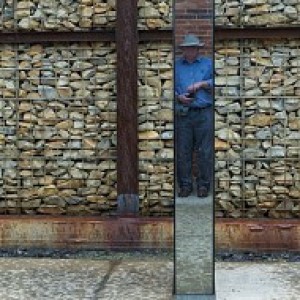This is the tombstone of Ralph Simpson, who died on the 19th September 1720 and is buried in Escomb, County Durham. The inscription reads 'Blessed are the dead who die in the Lord'.
But more striking are the skull and crossed bones. It is not their existence - for we see similar things is many Victorian memorials - but their dominance and the character of their carving. The skull looks like a child's smiley face to us, but it must have struck the early 18th century audience differently. Would it have seemed grotesque to them? Frightening? Or is it even meant to express the pleasure of one who dies in the Lord?
I am teaching the 18th century this term so I really should know, but this sort of question is hard to answer with any confidence. Somewhere there may be a letter or a journal entry in which someone comments on funerary carvings in rural churchyard and gives us a clue to interpreting it, but without that we can only speculate, and with it we just get another text to interpret ...

Comments
Sign in or get an account to comment.


